-
 Bitcoin
Bitcoin $119000
-2.21% -
 Ethereum
Ethereum $4315
1.01% -
 XRP
XRP $3.151
-3.11% -
 Tether USDt
Tether USDt $0.0000
0.00% -
 BNB
BNB $808.5
-0.71% -
 Solana
Solana $175.8
-4.21% -
 USDC
USDC $0.9999
0.00% -
 Dogecoin
Dogecoin $0.2250
-3.92% -
 TRON
TRON $0.3469
1.77% -
 Cardano
Cardano $0.7818
-3.81% -
 Chainlink
Chainlink $21.47
-2.10% -
 Hyperliquid
Hyperliquid $43.30
-6.81% -
 Stellar
Stellar $0.4370
-2.84% -
 Sui
Sui $3.682
-4.40% -
 Bitcoin Cash
Bitcoin Cash $590.8
2.67% -
 Hedera
Hedera $0.2484
-5.20% -
 Ethena USDe
Ethena USDe $1.001
0.00% -
 Avalanche
Avalanche $23.10
-4.29% -
 Litecoin
Litecoin $119.2
-3.96% -
 Toncoin
Toncoin $3.409
0.90% -
 UNUS SED LEO
UNUS SED LEO $9.016
-1.29% -
 Shiba Inu
Shiba Inu $0.00001304
-3.82% -
 Uniswap
Uniswap $11.18
1.33% -
 Polkadot
Polkadot $3.913
-3.51% -
 Cronos
Cronos $0.1672
-3.08% -
 Dai
Dai $1.000
0.02% -
 Ethena
Ethena $0.7899
-4.70% -
 Bitget Token
Bitget Token $4.400
-1.23% -
 Pepe
Pepe $0.00001132
-5.93% -
 Monero
Monero $257.9
-6.44%
What are the risks of contract trading on OKX?
Trading contracts on OKX exposes users to various risks, including market volatility amplified by leverage, potential liquidation of positions, platform failures, and regulatory changes impacting operations and fund access.
Mar 17, 2025 at 05:06 pm
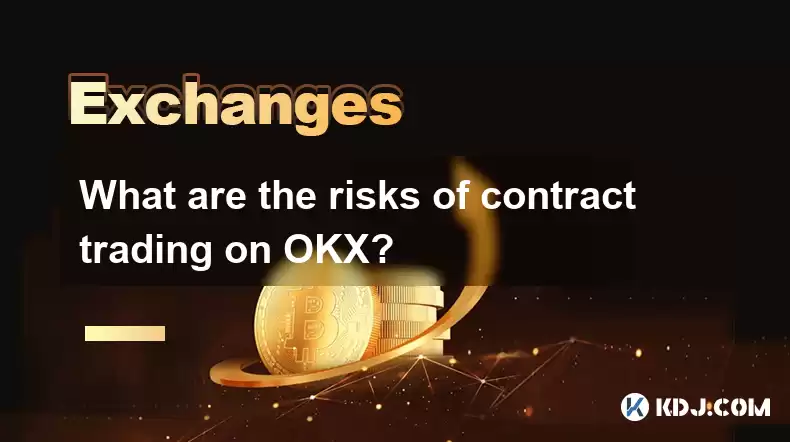
What are the Risks of Contract Trading on OKX?
Key Points:
- Market Risk: The inherent volatility of cryptocurrency markets poses the biggest risk. Price fluctuations can lead to significant losses, even with sophisticated trading strategies. This is exacerbated by leverage.
- Leverage Risk: OKX offers high leverage, amplifying both profits and losses. A small price movement against your position can result in substantial losses, potentially exceeding your initial investment (margin call and liquidation).
- Liquidation Risk: When your position's value falls below a certain threshold (maintenance margin), OKX can automatically liquidate your position to cover losses, resulting in significant financial losses.
- Platform Risk: While OKX is a large exchange, there's always a risk associated with any centralized platform, including potential security breaches, system failures, or unexpected platform downtime that could impact your trading.
- Counterparty Risk: In contract trading, you're essentially entering into an agreement with OKX. While they're a large and established exchange, there's a theoretical risk that they might default on their obligations.
- Operational Risk: This encompasses various factors like incorrect order execution, slippage (price difference between expected and executed price), and human error in trading decisions.
- Regulatory Risk: The regulatory landscape for cryptocurrencies is constantly evolving. Changes in regulations could impact OKX's operations and potentially affect your ability to trade or access your funds.
- Smart Contract Risk (for perpetual contracts): Perpetual contracts utilize smart contracts. Bugs or vulnerabilities in these smart contracts could theoretically lead to unexpected outcomes or losses.
- Market Risk: Navigating the Volatility of Cryptocurrencies on OKX
Cryptocurrency markets are inherently volatile. Unlike traditional asset classes, the price of cryptocurrencies can experience dramatic swings in short periods. This volatility is amplified by several factors, including news events (regulatory announcements, technological breakthroughs, adoption rates), market sentiment (fear, uncertainty, and doubt or FUD, and exuberance), and speculative trading. On OKX, where leveraged trading is readily available, this volatility presents a significant risk. Even a seemingly small price movement against your position can translate into substantial losses when leverage is involved. For example, a 1% price drop on a 10x leveraged position results in a 10% loss of your invested capital. Understanding and managing this risk requires careful analysis of market trends, technical indicators, and risk management strategies such as setting stop-loss orders. It's crucial to avoid emotional decision-making and to only invest capital you can afford to lose. Thorough research and diversification across different assets are essential components of mitigating market risk. Furthermore, keeping abreast of global macroeconomic factors that influence the crypto market, such as inflation rates, interest rate hikes, and geopolitical events, is crucial for informed trading decisions. Ignoring these fundamental factors can significantly increase your exposure to market risk, making well-informed trading decisions even more challenging.
- Leverage Risk: The Double-Edged Sword of Amplified Returns and Losses
OKX, like many other cryptocurrency exchanges, offers leveraged trading, allowing you to control a larger position than your initial capital would normally permit. While leverage can significantly magnify profits, it equally amplifies losses. A small adverse price movement can quickly lead to a margin call, where you are required to deposit more funds to maintain your position. Failure to meet a margin call results in liquidation – the forced closure of your position by OKX to cover losses. The higher the leverage, the greater the risk of liquidation. For instance, a 10x leveraged position requires only a 10% adverse price movement to wipe out your entire initial investment. Understanding the implications of leverage is paramount. It’s essential to use leverage cautiously and only when you have a clear understanding of the risks involved. Employing appropriate position sizing, setting stop-loss orders, and utilizing risk management techniques are critical to mitigating leverage risk. Conservative leverage ratios are generally recommended for beginners, gradually increasing leverage only as experience and understanding grow. Moreover, it's crucial to remember that leverage doesn't change the underlying market risk; it simply intensifies it. Therefore, a thorough understanding of market dynamics is indispensable for successful leveraged trading. Ignoring this fundamental aspect can lead to devastating financial consequences.
- Liquidation Risk: The Peril of Margin Calls on OKX
Liquidation is a critical risk associated with leveraged trading on OKX. When your position's value falls below a certain threshold (the maintenance margin), OKX automatically liquidates your position to cover outstanding debts. This liquidation occurs without your explicit consent, often at unfavorable prices, leading to substantial losses. The closer your position gets to the liquidation price, the greater the likelihood of slippage (executing the trade at a less favorable price than expected), potentially increasing your losses. Factors influencing the liquidation price include the volatility of the underlying asset, the leverage used, and OKX's liquidation mechanism. To mitigate liquidation risk, it's vital to employ appropriate risk management techniques. This includes using lower leverage ratios, setting stop-loss orders to automatically close your position at a predetermined price, and carefully monitoring your position's value, especially during periods of high market volatility. Diversifying your portfolio across different assets can also reduce the impact of a single position being liquidated. Understanding the nuances of OKX's liquidation process, including how it handles cascading liquidations (where one liquidation triggers others), is crucial to making informed trading decisions and minimizing potential losses. Ignoring this critical aspect of leveraged trading can lead to significant financial setbacks.
- Platform Risk: The Potential Downsides of Using a Centralized Exchange
While OKX is a major cryptocurrency exchange, it's crucial to acknowledge the inherent risks associated with using any centralized platform. These risks include security breaches, system failures, and unexpected platform downtime. Security breaches can result in the theft of user funds, while system failures can disrupt trading activities, potentially leading to missed opportunities or losses. Unexpected downtime can prevent you from accessing your account or closing positions during crucial market moments. To mitigate platform risk, it’s advisable to diversify your assets across multiple exchanges, reducing your reliance on a single platform. Employing strong security practices, such as using two-factor authentication (2FA) and strong passwords, is also essential. Staying informed about OKX's security measures and any reported incidents is crucial for making informed decisions about the platform's trustworthiness. Regularly reviewing the exchange's security updates and announcements helps you stay aware of potential vulnerabilities and mitigate your exposure to platform risks. Over-reliance on a single exchange increases the potential impact of any negative events affecting that platform.
- Counterparty Risk: The Trust Factor in Contract Trading
In contract trading on OKX, you're essentially entering into an agreement with the exchange itself. While OKX is a large and established player, there's always a theoretical counterparty risk – the risk that OKX might default on its obligations. While this is a less likely scenario for a major exchange, it's a risk that shouldn't be entirely dismissed. To mitigate counterparty risk, it’s crucial to choose reputable and established exchanges with a proven track record. Diversifying your trading across multiple exchanges further reduces the potential impact of any single exchange's failure. Keeping abreast of industry news and the financial health of OKX can provide insights into the exchange's stability and solvency. Thorough due diligence before choosing an exchange for contract trading is a critical step in managing counterparty risk. This includes researching the exchange's regulatory compliance, security measures, and overall reputation within the cryptocurrency community. Ignoring this crucial aspect can lead to unexpected and significant financial losses.
- Operational Risk: Human Error and Technical Glitches
Operational risk encompasses a wide range of factors that can negatively impact your contract trading experience on OKX. These include human error, such as placing incorrect orders, failing to set stop-loss orders, or misinterpreting market signals. Technical glitches, like order execution errors or slippage (the difference between the expected and executed price), can also lead to unexpected losses. Mitigating operational risk requires careful planning and execution of trading strategies. Double-checking orders before submitting them, employing systematic risk management techniques, and understanding the technical aspects of the platform are crucial steps. Regularly reviewing your trading history and identifying any patterns of errors can help improve your trading discipline. Utilizing tools and resources provided by OKX, such as order simulators or educational materials, can also improve your understanding of the platform and reduce the likelihood of operational errors. Thorough planning and execution, along with a commitment to continuous learning and improvement, are key to minimizing operational risk.
- Regulatory Risk: The Evolving Legal Landscape of Cryptocurrencies
The regulatory landscape for cryptocurrencies is constantly evolving, presenting a significant regulatory risk for traders on OKX. Changes in regulations in various jurisdictions could impact OKX's operations, potentially affecting your ability to trade or access your funds. New laws or enforcement actions could lead to limitations on trading activities, restrictions on access to certain markets, or even the closure of the exchange in certain regions. To mitigate regulatory risk, it's important to stay informed about the latest regulatory developments in your jurisdiction and those relevant to OKX's operations. Understanding the legal and compliance framework surrounding cryptocurrency trading is essential for making informed decisions. Consulting with legal professionals specializing in cryptocurrency regulation can provide further clarity and guidance on navigating the complex regulatory landscape. Staying informed about regulatory changes and adapting your trading strategies accordingly is critical to minimizing the impact of regulatory risk. Ignoring these factors can expose you to unforeseen legal and financial consequences.
- Smart Contract Risk (for Perpetual Contracts): The Code Behind the Contract
OKX offers perpetual contracts, which utilize smart contracts to govern the agreement between the trader and the exchange. While generally robust, smart contracts are still susceptible to bugs or vulnerabilities in their underlying code. If a vulnerability is exploited, it could lead to unexpected outcomes or losses for traders. To mitigate smart contract risk, it's important to thoroughly research the smart contracts underpinning the perpetual contracts you're trading. Understanding the code's functionality and scrutinizing its security audits can help assess the level of risk. Choosing perpetual contracts from reputable providers with a strong track record of security and transparency is crucial. Staying informed about any reported security incidents or vulnerabilities related to OKX's smart contracts is essential for making informed decisions. Ignoring potential vulnerabilities in smart contracts can lead to unforeseen and potentially significant financial losses.
FAQs:
Q: What is a margin call on OKX?
A: A margin call is a notification from OKX that your position's value has fallen below the maintenance margin requirement. This means you need to deposit additional funds (margin) to maintain your open position and avoid liquidation. Failure to meet a margin call will result in the forced liquidation of your position by OKX.
Q: What is liquidation on OKX?
A: Liquidation is the automatic closure of your trading position by OKX when your position's value falls below the maintenance margin. This happens to prevent further losses and protect OKX from potential defaults. Liquidation often occurs at unfavorable prices, resulting in significant losses for the trader.
Q: How can I mitigate the risk of liquidation on OKX?
A: You can mitigate the risk of liquidation by using lower leverage, setting stop-loss orders to automatically close your position at a predetermined price, carefully monitoring your position's value, and diversifying your portfolio across different assets.
Q: What are stop-loss orders, and how do they work on OKX?
A: A stop-loss order is an instruction to automatically sell your asset when it reaches a specified price. This helps limit potential losses by closing your position before further price declines. OKX provides tools to set stop-loss orders for your contracts.
Q: What is leverage, and how does it impact risk on OKX?
A: Leverage allows you to control a larger position than your initial capital would normally permit. While it amplifies potential profits, it equally amplifies potential losses. Higher leverage significantly increases the risk of liquidation.
Q: How does OKX's platform security compare to other exchanges?
A: OKX employs various security measures, but no exchange is completely immune to risk. Comparing security measures requires reviewing individual exchange policies and security audits. It's wise to research multiple exchanges and compare their security practices.
Q: What regulatory risks are associated with trading on OKX?
A: The regulatory landscape for cryptocurrencies is constantly changing. Changes in regulations can impact OKX's operations, your ability to trade, or access your funds. Staying informed about regulatory developments is crucial.
Q: What is the difference between perpetual and other contracts on OKX?
A: Perpetual contracts are designed to mimic the behavior of traditional futures contracts but without an expiration date. They are subject to unique risks, including those related to the underlying smart contracts. Understanding these differences is crucial before trading.
Disclaimer:info@kdj.com
The information provided is not trading advice. kdj.com does not assume any responsibility for any investments made based on the information provided in this article. Cryptocurrencies are highly volatile and it is highly recommended that you invest with caution after thorough research!
If you believe that the content used on this website infringes your copyright, please contact us immediately (info@kdj.com) and we will delete it promptly.
- PumpFun (PUMP) Price: Riding the Meme Coin Wave or Facing a Wipeout?
- 2025-08-12 16:50:12
- Arctic Pablo Coin: Meme Coin Growth Redefined?
- 2025-08-12 16:50:12
- Ether ETFs Surge: Inflows and Bull Signs Point to $4K ETH?
- 2025-08-12 16:30:12
- Bitcoin, Crypto Market, and CPI Anticipation: A New York Minute on Volatility
- 2025-08-12 16:30:12
- Bitcoin, CPI, and Market Fears: Navigating the Crypto Landscape
- 2025-08-12 15:10:13
- BTC Traders Eye ETH Targets as CPI Looms: A New York Minute
- 2025-08-12 15:10:13
Related knowledge
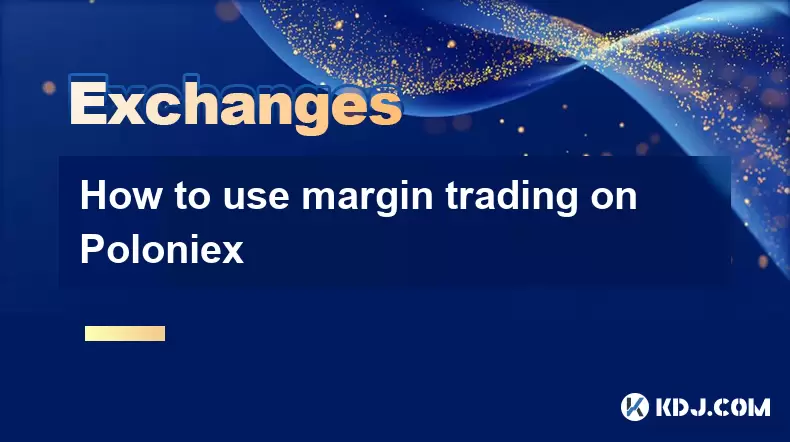
How to use margin trading on Poloniex
Aug 08,2025 at 09:50am
Understanding Margin Trading on Poloniex
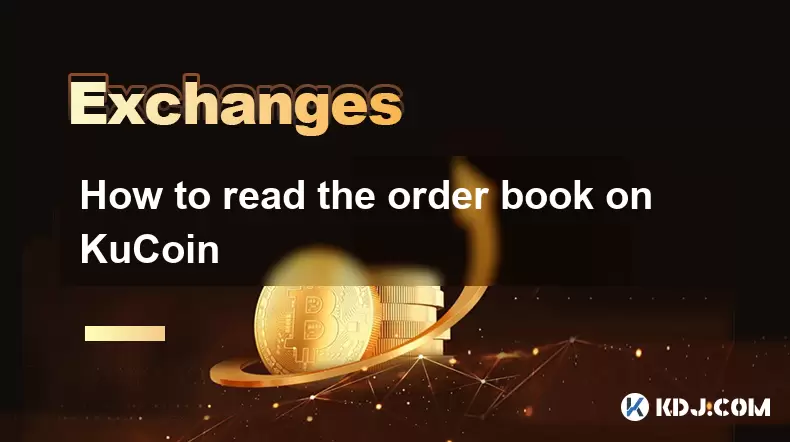
How to read the order book on KuCoin
Aug 10,2025 at 03:21pm
Understanding the Order Book Interface on KuCoinWhen accessing the order book on KuCoin, users are presented with a real-time display of buy and sell ...
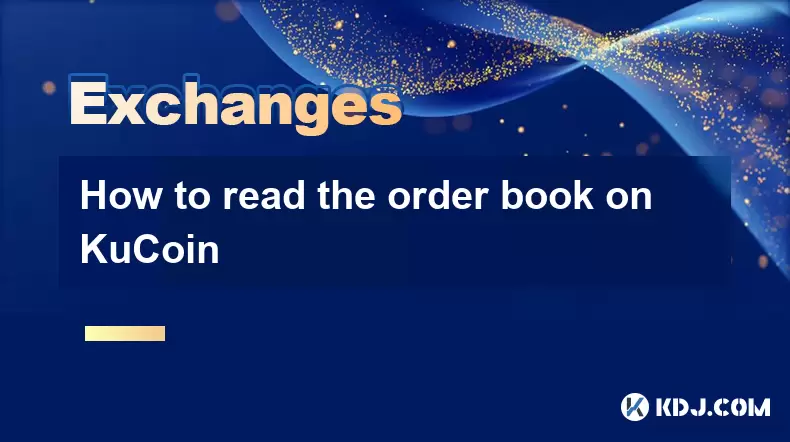
How to read the order book on KuCoin
Aug 12,2025 at 02:28am
Understanding the Basics of Staking in CryptocurrencyStaking is a fundamental concept in the world of blockchain and cryptocurrencies, particularly wi...
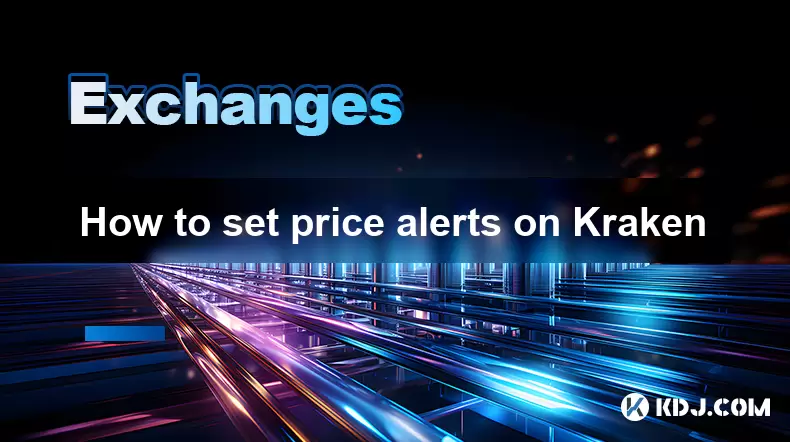
How to set price alerts on Kraken
Aug 11,2025 at 08:49pm
Understanding Price Alerts on KrakenPrice alerts on Kraken are tools that allow traders to monitor specific cryptocurrency pairs for price movements. ...
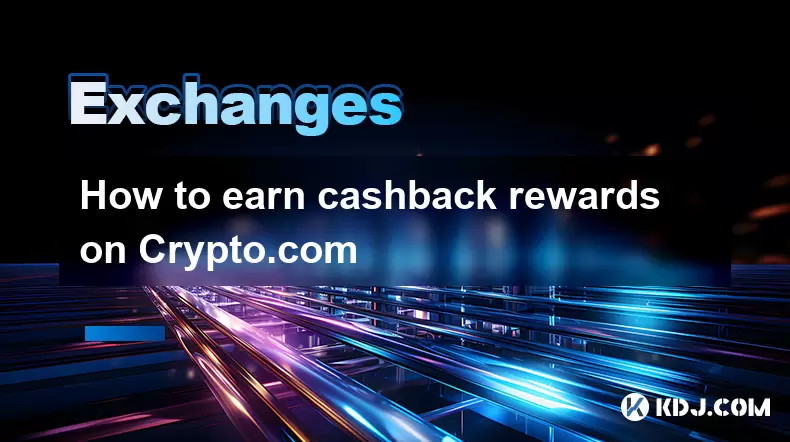
How to earn cashback rewards on Crypto.com
Aug 12,2025 at 02:08am
Understanding Cashback Rewards on Crypto.comCashback rewards on Crypto.com are a feature designed to incentivize users to spend using their Crypto.com...
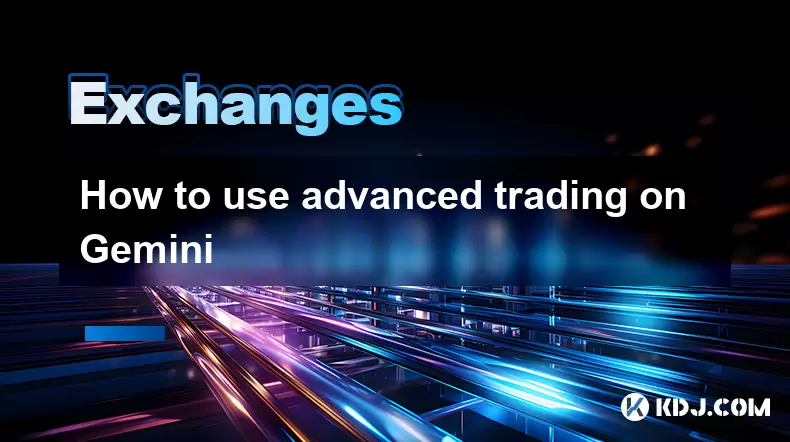
How to use advanced trading on Gemini
Aug 08,2025 at 04:07am
Understanding Advanced Trading on GeminiAdvanced trading on Gemini refers to a suite of tools and order types designed for experienced traders who wan...

How to use margin trading on Poloniex
Aug 08,2025 at 09:50am
Understanding Margin Trading on Poloniex

How to read the order book on KuCoin
Aug 10,2025 at 03:21pm
Understanding the Order Book Interface on KuCoinWhen accessing the order book on KuCoin, users are presented with a real-time display of buy and sell ...

How to read the order book on KuCoin
Aug 12,2025 at 02:28am
Understanding the Basics of Staking in CryptocurrencyStaking is a fundamental concept in the world of blockchain and cryptocurrencies, particularly wi...

How to set price alerts on Kraken
Aug 11,2025 at 08:49pm
Understanding Price Alerts on KrakenPrice alerts on Kraken are tools that allow traders to monitor specific cryptocurrency pairs for price movements. ...

How to earn cashback rewards on Crypto.com
Aug 12,2025 at 02:08am
Understanding Cashback Rewards on Crypto.comCashback rewards on Crypto.com are a feature designed to incentivize users to spend using their Crypto.com...

How to use advanced trading on Gemini
Aug 08,2025 at 04:07am
Understanding Advanced Trading on GeminiAdvanced trading on Gemini refers to a suite of tools and order types designed for experienced traders who wan...
See all articles

























































































